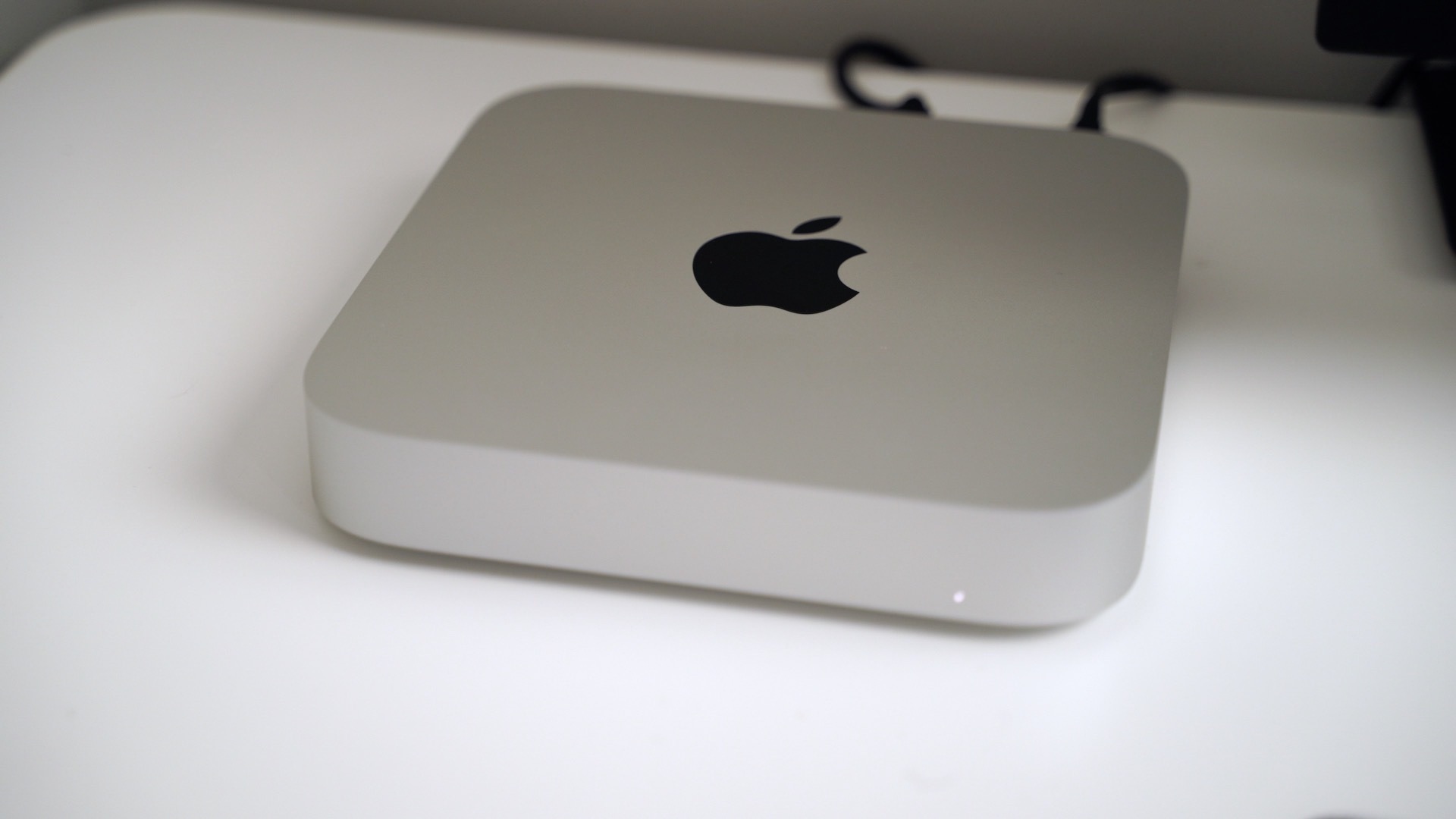I just recently bought the Macbook Air with the M1 chip. It's awesome in terms of how smooth it runs, the long battery life, and... unlike my other Macbooks, it has yet to heat up due to even casual use. So I love it.
But I recently read about memory swap. Not too familiar with it, but I've recently been monitoring it. My question is... what is the normal amount of swap memory that one should see on Activity Monitor due to casual use?
I also notice something interesting... when I use Safari, my swap memory goes up to around 500 MB. Not a lot, I know. But compare this to when I use Firefox (set to not remember history), it remains at around 25 MB.
So yeah, I read it's no big deal because the SSD can last ab incredibly long time. But I just found that interesting.
But I recently read about memory swap. Not too familiar with it, but I've recently been monitoring it. My question is... what is the normal amount of swap memory that one should see on Activity Monitor due to casual use?
I also notice something interesting... when I use Safari, my swap memory goes up to around 500 MB. Not a lot, I know. But compare this to when I use Firefox (set to not remember history), it remains at around 25 MB.
So yeah, I read it's no big deal because the SSD can last ab incredibly long time. But I just found that interesting.


